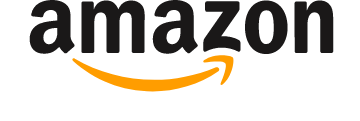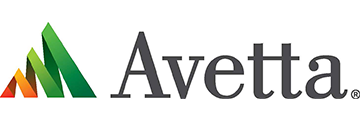
One of the biggest challenges safety professionals face is demonstrating the impact that safety has on the bottom line. Making a CFO-proof case for safety training can go a long way toward ensuring that the C-Suite recognizes the value of occupational safety and health and how it affects business performance.
“The business case for safety is about the effects that healthy and engaged workers have on the workplace,” says Chris Ross, CSP, CPLP, and president/owner of The Engagement Effect. “The job of the safety professional is to provide linkage to the key performance indicators (KPIs) that drive the organization such as time, cost, quality and production.”
Understand Goals and KPIs
The first step toward making a business case for safety training, according to Ross, is for safety professionals to understand the goals and KPIs that really matter to those in the C-suite, then aligning themselves, their strategy and safety goals with those measures.
“Safety professionals have to understand what drives bottom-line performance, which is all about excellence, not avoidance,” he says. “That means people have to excel and not just get by. Creating a culture of safety excellence by default means creating a culture of quality, performance, engagement and innovation.”
Once safety professionals understand the business impacts and measurements of the organization, as well as the KPIs and how the business is measuring success, they can work to integrate their goals with those of the organization.
“Every CFO has a specific ROI calculation in mind, so another job of the safety professional is to understand the KPIs, the business drivers and the ROI on capital improvements,” says Ross. “If you don’t know, you better be asking, and if you can’t determine the ROI, at least you can determine return on expectations (ROE).”
Demonstrate the Value of Safety
By understanding and aligning with KPIs and performance goals, safety professionals demonstrate their contributions as a valued business partner. When executives and coworkers see the value that safety brings to the organization, in terms of the bottom line and otherwise, they will recognize safety as a worthwhile investment.
“The key to getting a seat at the table is to become a valued business partner who solves problems, rather than just identifying them,” says Ross. “Align your efforts with the strategies and big-picture outcomes of the organization, collaborate with leaders across the organization and move from being transactional to transformational.”
By doing this, safety professionals can collaborate with other departments to determine how everyone can best coordinate efforts to achieve organizational goals. In this way, safety professionals can be viewed as valued partners, ensuring that workers go home safe.
Learn From Workers
One tool safety professionals can use to demonstrate the financial impact of safety training is the Success Case Method (SCM), which they can employ to gather data and stories regarding safety successes and the results achieved. An SCM looks at the results of the intervention to see if it achieves a valuable organizational objective.
To start the SCM, safety professionals can ask participants, “Did the training or intervention you received help you achieve a meaningful organizational result?” If the answer is “yes,” safety professionals can use that opportunity to learn more from workers about what has been successful, how it has impacted overall business performance and take that data to executives to show the positive effect that safety training has on employees, as well as its impact on the bottom line.
“Success is what we are aiming for and the SCM seeks out these successes and brings them to light to provide concrete examples of what worked, what didn’t and what was learned,” says Ross. “With this knowledge, success can be built on and extended, faltering efforts can be changed or abandoned, and promising efforts can be noticed and nurtured.”
At a deeper level, he says, the SCM can help pinpoint which individuals are using certain tools and methods and the level of success they are having. Additionally, the method can provide estimates on the ROI or ROE for safety training and how much more value a program may realistically deliver beyond its current level of impact.
“The challenge is to determine, in your organization, what drives people to perform at their best. This is not traditional safety, but this is very much traditional management,” Ross says. “Find out what motivates people, find out why they want to excel, then give them opportunities to achieve those goals.”
For Ross, at the heart of organizational safety and making the case for safety training is creating a culture in which employees can perform at their best and actively look out for each other’s safety and well-being.
“When people truly feel the organization has their best interests at heart, that they are being protected and cared for, that their opinions matter, that they are consulted on changes and improvements, then the magic happens,” Ross concludes. “That is when individuals coalesce into teams, when partnerships thrive and performance increases.
Gain expert insights into leadership development at Seminarfest 2019. Learn more.



